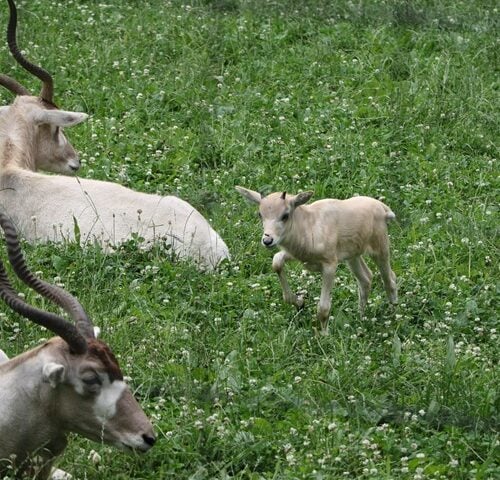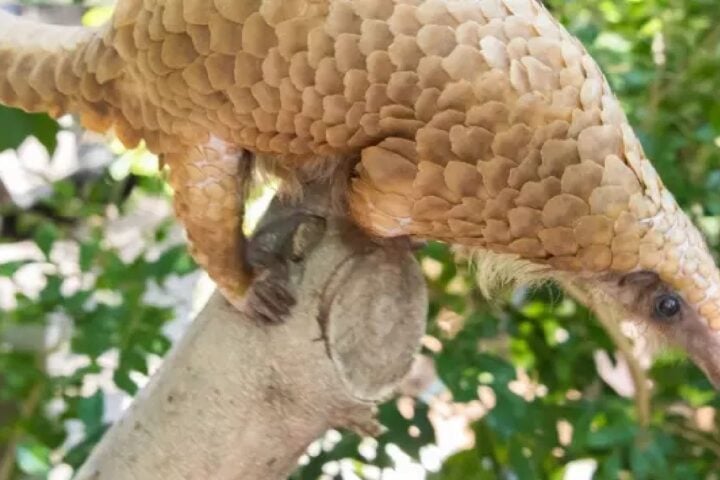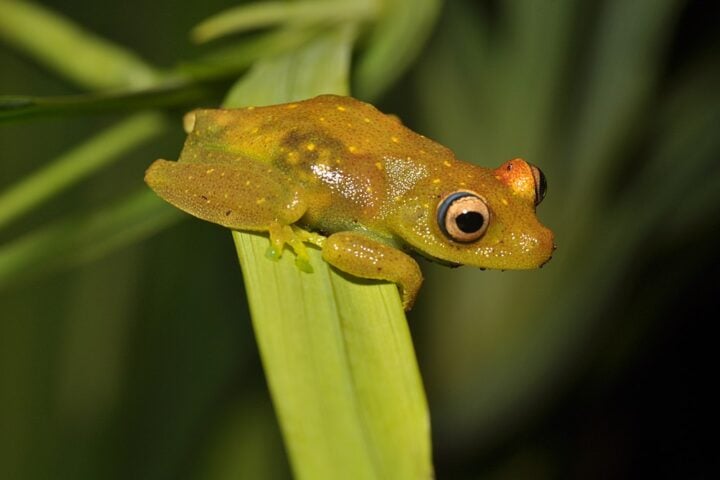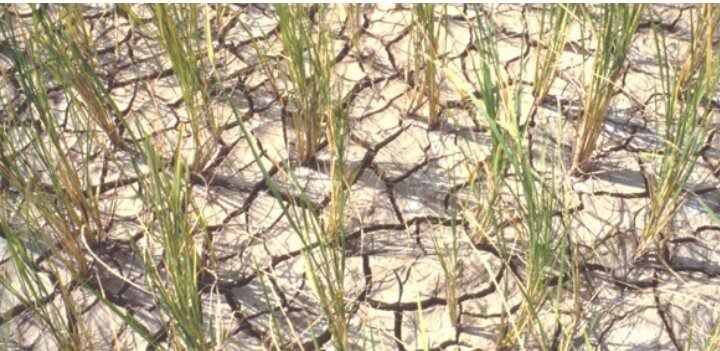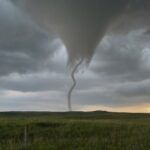The California condor population, one of America’s largest birds, is facing a significant threat in the form of a highly contagious avian influenza. The disease has caused the deaths of at least 18 condors around the Grand Canyon in Arizona in the last month.
Californian biologists are scrambling to prevent the spread of the disease to other parts of the state, including Big Sur. A variety of other bird species in California have been killed by the disease, including bald eagles & golden eagles.
363 cases of avian influenza among wild birds have been recorded in California, more than any other state except Minnesota & Florida. Avian influenza had not been known to kill condors until recently.
During their northward spring migration, condors are expected to be exposed to the virus. According to the scientists, the disease could cause a catastrophic setback for the condor population. Until a vaccine is developed, capturing wild condors may be necessary to protect them.
The disease has been spreading quickly, as a vaccine has not yet been developed. The Ventana Wildlife Society (VWS), which releases condors into the wilds of California, is preparing for a worst-case scenario.
The range of condors can extend into several states, as they can live for 60 years & fly vast distances. In 1970, the population of condors plummeted to the brink of extinction because of hunting, habitat destruction, & lead poisoning.
The breeding of condors was begun by federal biologists in the late 1980s to stave off extinction. The offspring of the birds have been gradually released back to the wild in various locations.
In 2007, the first condors in modern times to be born in the wild hatched. There are 561 California condors, with 347 in the wild today. A flock of 116 wild condors that fly in the Grand Canyon & parts of Utah is managed by the Peregrine Fund.
During the condor’s northward spring migration, exposure to the virus is expected to rise. What killed the five condors in the Arizona-Utah flock remains a mystery for the scientists even today. According to the park service, HPAI hasn’t been detected in other populations in California or Mexico’s Baja California.
Land for 10 large steel quarantine pens that can care for condors has been donated by the Monterey County SPCA. The location of the pens is between Salinas & Monterey on Highway 68. The pens were purchased by the Ventana Wildlife Society to prepare for all kinds of scenarios.











![A male [[Great white shark]] off [[Isla Guadalupe]], [[Mexico]]. Along with many [[Mackerel scad|Mackarel scads]] seen in the background. Photo Source- Terry Goss (CC BY-SA 3.0)](https://www.karmactive.com/wp-content/uploads/2025/06/White_shark-720x480.jpg)
